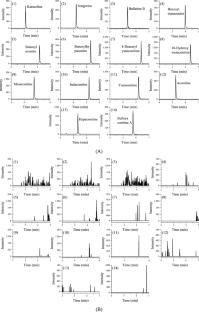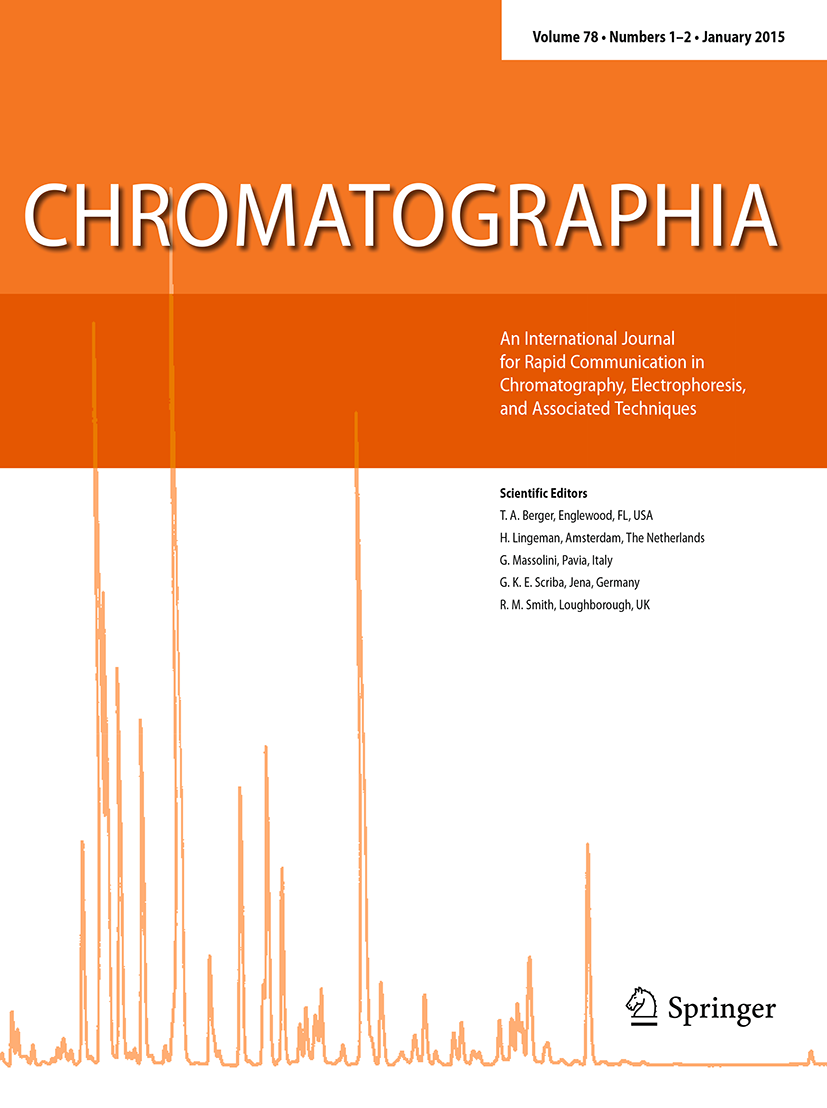Simultaneous Determination of 14 Aconitum Alkaloids in Blood and Urine by SLE-UPLC-MS/MS
Abstract
Aconitum alkaloid poisoning which can lead to malignant arrhythmia, cardiogenic shock and even death has been frequently reported due to improper intake of Aconitum species in hospital emergency rooms. In this study, a simple method for simultaneous determination of 14 aconitum alkaloids in human blood and urine by ultra-performance liquid chromatography–tandem mass spectrometry (UPLC-MS/MS) was developed. Blood and urine samples were purified by supported liquid extraction (SLE) and analyzed by UPLC-MS/MS. Good linear relationships for 14 aconitum alkaloids were obtained in the corresponding range of 0.1–50 ng mL−1 with correlation coefficients greater than 0.999 and detection limits of between 0.002 and 0.019 ng mL−1. The average recoveries measured at three concentration levels ranged from 80.0% to 110.1% and 85.0% to 110.2% in spiked blood samples and urine samples, respectively, with the relative deviation less than 10%. The blood matrix effects ranged from 88.3% to 109.8%, while the urine matrix effects ranged between 91.4% and 103.6%. Both the intra-day and inter-day precisions were less than 11%. Finally, the method was successfully applied to the determination of aconitum alkaloids in the blood and urine of clinic poisoned patients showing its good potential for poison diagnosis in clinical emergency cases.


 求助内容:
求助内容: 应助结果提醒方式:
应助结果提醒方式:


